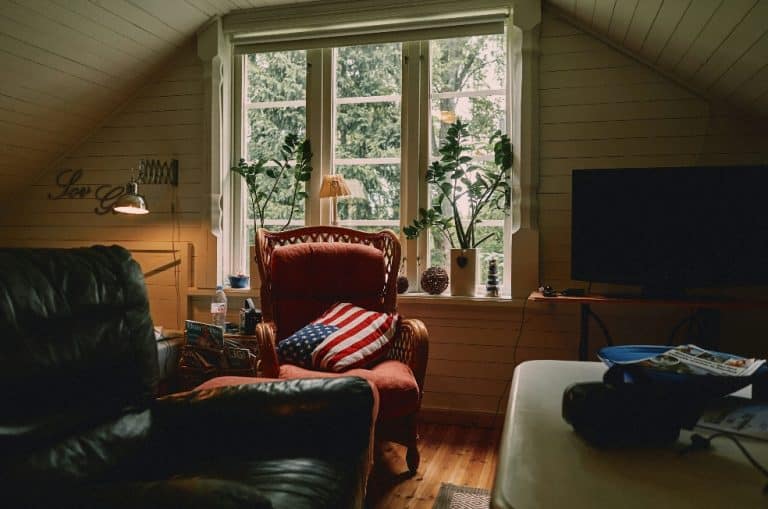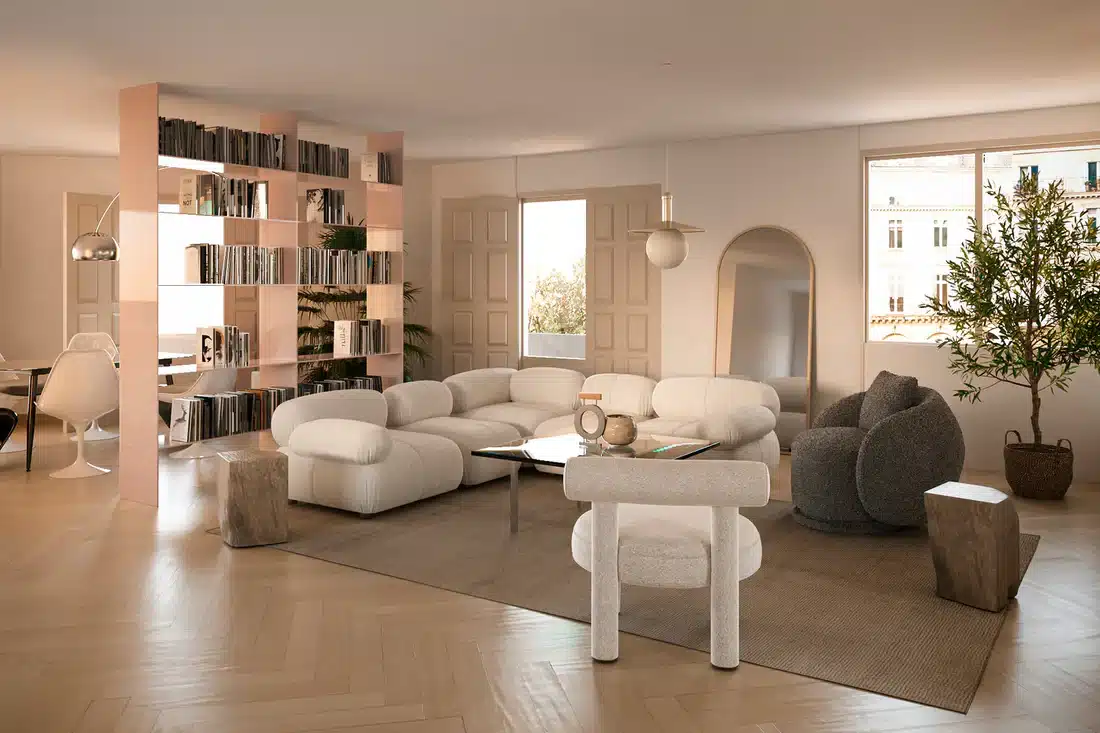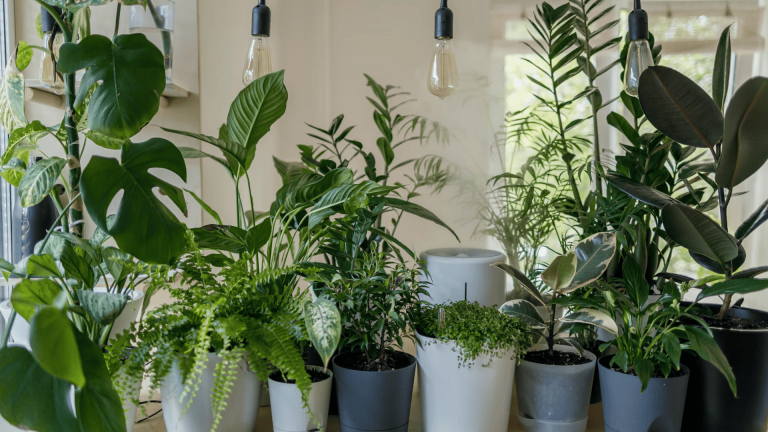Creating a home that radiates both comfort and sophistication is an art that requires deliberate choices and thoughtful design. A refined home does not merely rely on expensive furniture or lavish décor; it depends on harmony, functionality, and a sense of personal expression. Sophistication in interiors should feel effortless rather than forced, while comfort should welcome every inhabitant and visitor into a space that feels warm and inviting. Achieving this equilibrium involves balancing aesthetics with practicality, where each element complements the other without compromising the natural livability of the home.
A sophisticated home speaks through subtle details—clean lines, curated décor, and a sense of proportion—while comfort stems from tactile experiences such as plush seating, cozy lighting, and carefully chosen textures. Together, these elements transform a house into a sanctuary. The challenge, however, lies in merging these two qualities seamlessly, ensuring that one does not overshadow the other.
Transitioning Into a New Home with Ease
Relocating to a new home provides a fresh canvas to experiment with design and comfort, but the moving process often brings stress and exhaustion. This period of transition is the ideal time to rethink and plan the aesthetics of each room before it fills with belongings.
To make moving less of a hassle, get in touch with Solomon & Sons because professional assistance in managing the relocation process allows for a smoother transition and leaves more mental energy for personalizing the space. Once the essentials are settled, it becomes easier to focus on arranging furniture, layering textures, and integrating sophisticated touches without being overwhelmed by the chaos of unpacking.
A strategic approach to setting up a new home begins with evaluating the layout. Establishing a vision for how each space will function helps in choosing furniture, textiles, and decorative elements that balance elegance with usability.
Designing with Purpose and Intent
A home that effortlessly combines comfort and sophistication must be designed with clear intent. Every choice, from the wall color to the smallest decorative accessory, should serve both form and function. Selecting timeless pieces is crucial; neutral-toned sofas, wooden or metal accent tables, and streamlined shelving units create a versatile base that can be elevated with decorative elements.
Sophistication thrives on simplicity and order. Clutter-free surfaces, well-organized storage, and minimalistic layouts allow a room’s design to breathe. This does not mean the space should feel sparse or sterile. Comfort finds its place through the thoughtful addition of throw blankets, cushions, and rugs that soften hard edges. Textural contrast—a velvet armchair paired with a sleek glass coffee table, for instance—adds visual depth while maintaining elegance.
Both of these are crucial when designing functional spaces like a home office where you also need practical solutions like wireless internet, smart storage and plenty of inviting space.
Layering Textures for Depth and Warmth
The secret to combining coziness with refined style lies in texture layering. A single material or finish across the entire room can feel monotonous, but incorporating varied tactile experiences instantly enriches the space. Soft textiles such as wool or cashmere throws, velvet cushions, and cotton rugs enhance comfort, while polished wood, marble, or metal finishes add a sense of sophistication.
The key is moderation—textures should complement rather than compete. For instance, a linen-upholstered sofa might pair well with a leather armchair, both softened by a chunky-knit throw. Similarly, mixing matte and glossy finishes creates contrast while maintaining elegance. Layering does not stop at textiles; artwork, sculptural décor, and even books contribute to the overall depth of a room.
The Role of Lighting in Setting the Mood
Lighting plays a pivotal role in striking the right balance between luxury and livability. Harsh, single-source lighting can make a room feel clinical, while overly dim spaces appear uninviting. Layered lighting—ambient, task, and accent—creates a dynamic atmosphere.
Warm, diffused lighting enhances comfort, particularly when paired with table lamps or floor lamps positioned at different heights. Meanwhile, statement lighting fixtures such as chandeliers or pendant lights contribute a sophisticated focal point. Dimmable options provide flexibility, allowing the atmosphere to shift from casual relaxation to formal entertaining effortlessly.
Curating Art and Decorative Elements Thoughtfully
Sophistication does not stem from filling every surface with decorative items but from curating pieces that tell a story. Art, whether modern abstract canvases or subtle black-and-white photography, can set the tone of a room. The placement of such pieces matters as much as their selection; large artworks work best as focal points, while smaller pieces add interest to side tables or shelves.
Decorative elements should serve as conversation starters without overwhelming the space. A sleek sculpture, a hand-crafted vase, or a unique centerpiece can elevate a room while keeping the ambiance uncluttered. Books, too, can be used as décor when arranged neatly, providing both visual interest and intellectual warmth.
Balancing Colors for Elegance and Warmth
Color selection significantly affects the mood of a space. Sophistication often leans toward neutral palettes—whites, grays, taupes, and muted earth tones—while comfort invites warmer hues. Combining both in the right proportion is essential. A predominantly neutral base provides a sophisticated backdrop, while soft pastels or warm accents in cushions, artwork, or throws introduce coziness.
Color blocking can also add depth; for instance, a deep charcoal wall behind a cream-colored sofa instantly draws attention without feeling overpowering. Avoiding overly bright or clashing colors ensures that the space feels serene yet refined.
Creating Functional Yet Stylish Spaces
Practicality is key to comfort, but functionality need not sacrifice style. Multi-functional furniture, such as ottomans with storage or elegant shelving units, provides organization while contributing to the room’s visual appeal. Incorporating hidden storage helps maintain a clean, uncluttered appearance, which is essential for a sophisticated look.
Functional spaces extend beyond furniture; pathways should remain open, and seating arrangements should encourage conversation.
Before committing to furniture placement, capture the room with immersive 3D models using a point cloud camera to generate accurate dimensions and true-to-life spatial context. These scans let you test circulation paths, scale statement lighting, and preview material and color combinations without guesswork—ensuring comfort-driven layouts remain elegantly proportioned. They also provide precise measurements for built-ins, area rugs, and window treatments, so every element feels intentional.
Personalizing Without Compromising Refinement
A home achieves true comfort when it reflects the personality of those living in it. Personal touches such as family photos, travel souvenirs, or heirlooms bring warmth and authenticity to a space. However, too many personal items can disrupt a sophisticated aesthetic. The key is selective display—choosing only meaningful pieces and arranging them with intention.
Grouping items in odd numbers, varying heights, and creating visual balance prevents personal touches from appearing cluttered. Even cherished mementos can contribute to elegance when thoughtfully placed.
A well-balanced home radiates quiet luxury while remaining inviting and livable. The perfect harmony between comfort and sophistication emerges from thoughtful choices—curated décor, layered textures, balanced lighting, and a functional layout. A home designed with intention becomes more than just a living space; it transforms into a haven that nurtures relaxation and inspires admiration.














